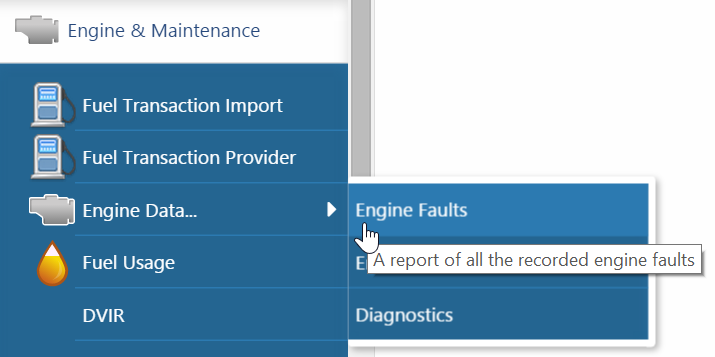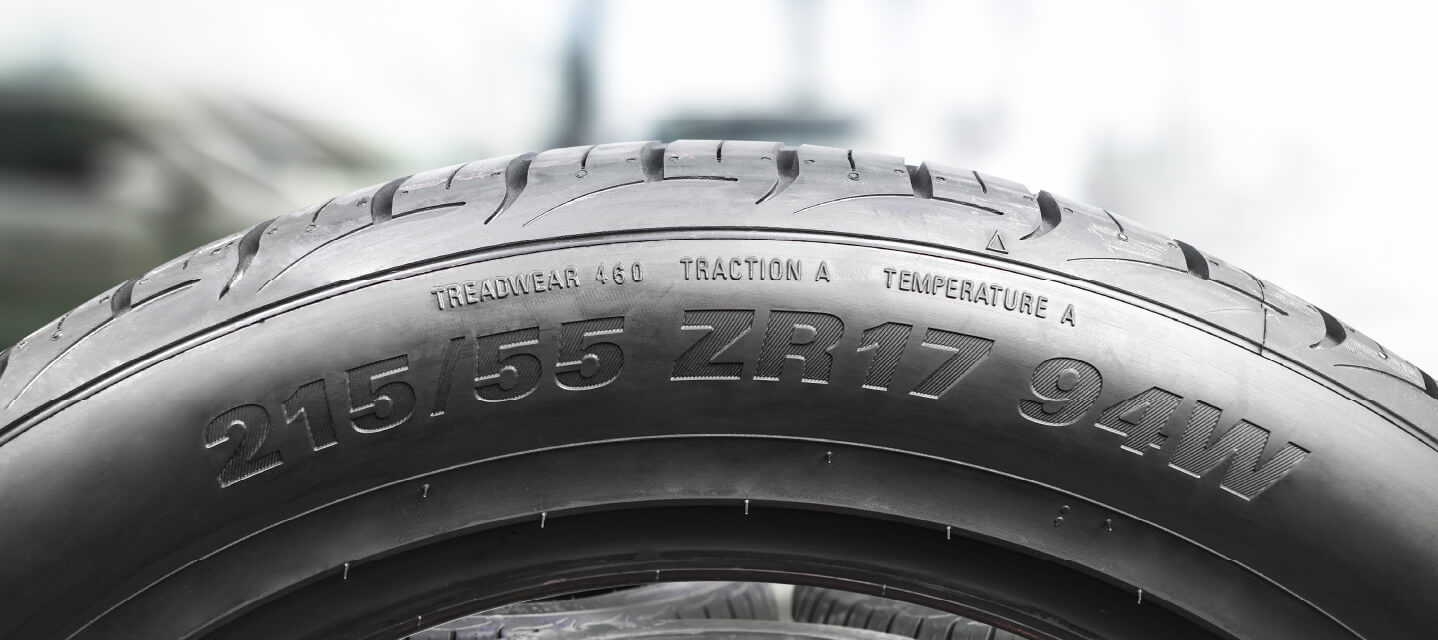Engine light worries? Not me.
Every now and then your vehicle does try to tell you that something seriously bad is about to happen


A number of years ago I had a very unfortunate incident while driving. I was driving along and for no apparent reason the malfunction indicator lamp (MIL), also known as the check engine light, came on. At the time, I was on my way to work so I did not have time to worry about it. Before I could make it in, my transmission was toast. My car was out of action for a few days and there was an $1800 repair bill I would rather have avoided. Granted, most of the time your car won’t fail you as quickly nor will it be so expensive to repair. Every now and then your vehicle does try to tell you that something seriously bad is about to happen, and getting stuck without a car unexpectedly can be a major inconvenience.
After an incident like the one above you can imagine that even years later I get rather concerned when my MIL comes on. Taking the car into the mechanic every time this happens can be time consuming and a very expensive hobby. After going through the time and expense only to hear from the mechanic that the fault was nothing serious can be quite frustrating.
The Role of Vehicle Tracking Technology
So how do I avoid taking my car in needlessly when the MIL comes on? This is where Geotab and GPS vehicle tracking technology comes in handy. Not too long ago my car’s MIL turned on. To find out the reason why involves simply logging into a MyGeotab account, a quick click on the Engine & Maintenance tab, which then leads you to the Engine Faults submenu. From there, I was able to look up my car and see the faults that have occurred.


From the report, I saw that I have a diagnostic code of P1E00. A number of resources and vehicle owner forums are available online that can be utilized to determine the meaning behind these codes. In just a couple of minutes I was able to determine that the P1E00 fault code was related to the Powertrain Control Module and is a generic fault. In the absence of other faults, I could expect that the fault will clear itself after my car has a few more trips without any further incident.
Now I know that I have nothing to worry about. As expected, I made a few more trips and the fault cleared. No need to spend any time or money taking my car into the shop for a trivial issue, and no need to worry that the problem might be more serious.
The diagnostic information that Geotab provides is not meant to replace a mechanic, but it can provide you with more details to know whether your vehicle is running the way it should be, or if you have a problem that would best be looked at sooner than later.
To learn more about understanding your vehicles’ diagnostics, leave any questions or comments in the comments box below.
Subscribe to get industry tips and insights

Kevin Buchaly is a Software Project Specialist at Geotab with over eight years of experience in software development.
Table of Contents
Subscribe to get industry tips and insights
Related posts

Marketplace Spotlight: From Chaos to Clarity, Innovating Fleet Claims with Xtract
April 15, 2025
1 minute read

Unlocking Safer Roads: How Behavioral Science and Technology Are Improving Driver Safety
April 14, 2025
2 minute read

How a well-built fleet safety culture prevents legal trouble
March 28, 2025
5 minute read

Driver behavior monitoring systems: Fleet managers’ guide for top tools + implementation tips
March 27, 2025
7 minute read

DOT tire regulations: Fleet safety best practices + checklist
March 27, 2025
5 minute read
